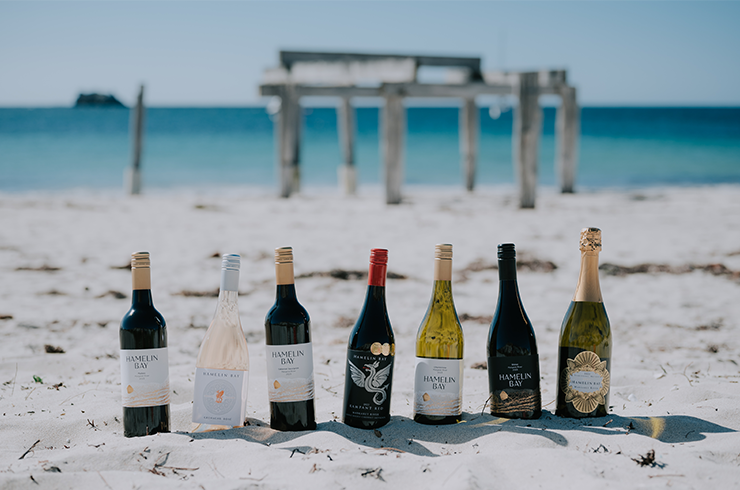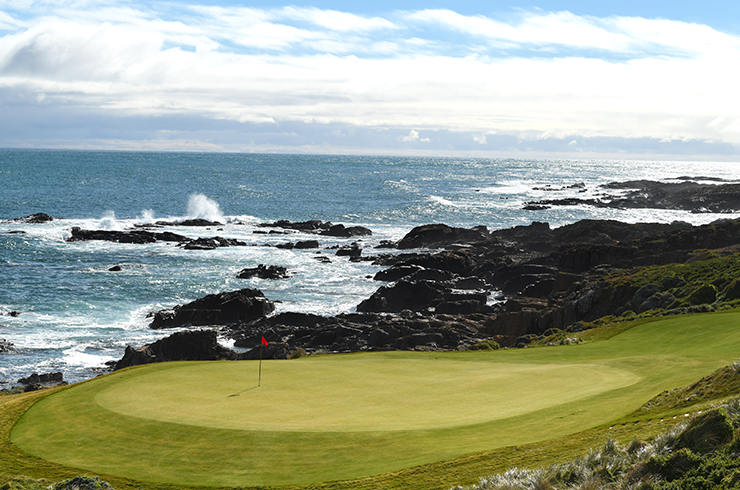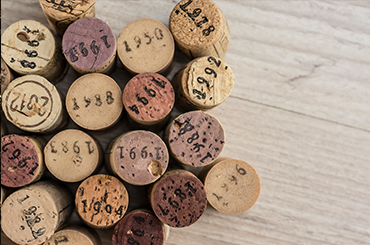Buying wine at auction can be a lot of fun and the source of great drinking experiences. Before you dip your toe in the waters, here are some things you should know.
A rise in online wine auctions means accessibility for all internet-connected computer users, no matter where they are. This has turned a niche section of the wine-buying market into a raging bull. No raised paddles, no nervous scratches of the face, no public confrontations; just a computer screen, lots of enticing wine, some amazing prices and the thrill of the chase. The greatest difference between online wine auctions and physical ones is simple: in the online world, all the lots on offer close at the same time. There’s no going home once you’ve bought enough; all bids are live at once.
Ullage
When buying at online wine auctions, always check this – especially on older wines. It’s the best indication we have of how well a wine has been stored, or how well its cork has performed. Ullage is the headspace between the cork and the wine. The greater the space, the more likely the wine has been stored poorly – and the more likely it is to be oxidised or in poor drinking condition. Auctioneers use terms like ‘base of neck’ and ‘mid-shoulder’ to indicate the amount of ullage. The greater the ullage – the more wine that has either evaporated or seeped along the sides of the cork – the more a your purchase becomes a lottery. Wines less than 15 years old shouldn’t be much lower than base of neck, while anything beyond mid-shoulder is getting dicey.
Label stains
Auctioneers will always list any stains or marks on a label, or scuffed capsules. These have zero bearing on the quality of the wine or its condition, but they may indicate how carefully the wine has been treated. Restaurants and other commercial outlets tend to avoid label-stained wine, which can keep the bidding competition (and hence price) down. If you’re just going to pour the wine into a decanter anyway, bid away.
Charity auctions
Many of the most prominent wine auctions are run to raise money for charity. The prices at charity auctions are almost always higher than at other wine auctions. This is a good thing, and the point. But never take the prices paid on individual wines at charity auctions as an indicative ‘market price’.
Beware the overloaded trolley
Many a person has been caught with a bunch of winning bids when they didn’t think they’d win them all. Beware bidding on too many lots at once, unless you’re prepared for a big haul. It’s better to have too few wines in your auction trolley than too many. It can help to think to yourself: what will my partner think if I’m the winning bidder on all these wines?
Run against the bulls
Higher prices are paid when hype on a wine is it at its peak. The 1998 Penfolds Grange, for instance, was a much-hyped wine, released at $400. It sold for as high as $700 in its first year of release, but as the hype died down, it settled back around the $400 mark. The value at auction is always to be found in the areas where the crowd is not looking.
Aged wines
If you don’t have a cellar, have cellared the wrong wines or want to know if you like the taste of old wine, then a wine auction is a great place to venture. Wines auctions are full of aged wine; others have done the cellaring for you. You don’t know how well the wines have been stored, of course, though the ullage and condition of the label give an idea. As an unscientific guess, multiple bottles of a single wine are more likely to have been well-cellared than single bottles.
The bargain buys
Auctions are the best of times and the worst of times. Some of the highest prices ever fetched for a bottle of wine were won via auction. But more commonly, wine auctions are clearing houses for unloved wines for numerous reasons, many of them not related to quality – and therefore many a bargain can be found. Just remember to factor in the auctioneer’s commission into your bidding price.
Research
Don’t bid blindly. When the heat of the auction rises, know what you want, what it’s worth and what you’re prepared to pay – and stick to it. Wine auctions are more frequent than ever; unless the wine is rare, then an equivalent wine at an equivalent price is never far away.
Vintage
Every vintage release is different. A premium will always be paid for the best vintages. As the wine auction market becomes increasingly savvy, so too will this point be emphasised.
“Off” vintages
Sometimes the less-heralded vintages are where the real bargains are to be found. If you know you like the wine and you’re buying to drink (and not in the hope it will prove a good investment), then this can be a good way to outsmart the market.
The more you know…
The sale of private sellers – via an auction house – is always a good field to plough because you know the full cellaring history of the wine. This is called the wine’s provenance. The more you know about the storage history of the wine you’re interested in, the better. If you’re keen on a particularly expensive bottle, it can be a good idea to either call the auction house prior (to see if they know of the bottle’s storage history) or visit, or perhaps ask for a picture of the bottle. Poorly stored wines are generally (with random exceptions) poor drinks.
Last bid wins
Of course it does. But it’s worth remembering – especially for sought-after wines – the bid made at the very last minute (or second) is usually the winning bid. If you really want something, it pays to be attentive at the death-knell of the auction, and to perhaps keep your powder dry until that moment.







